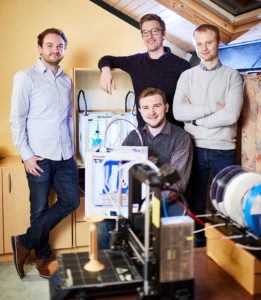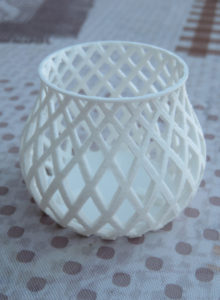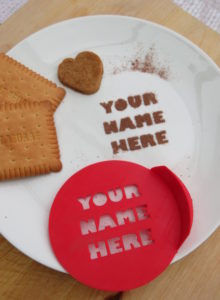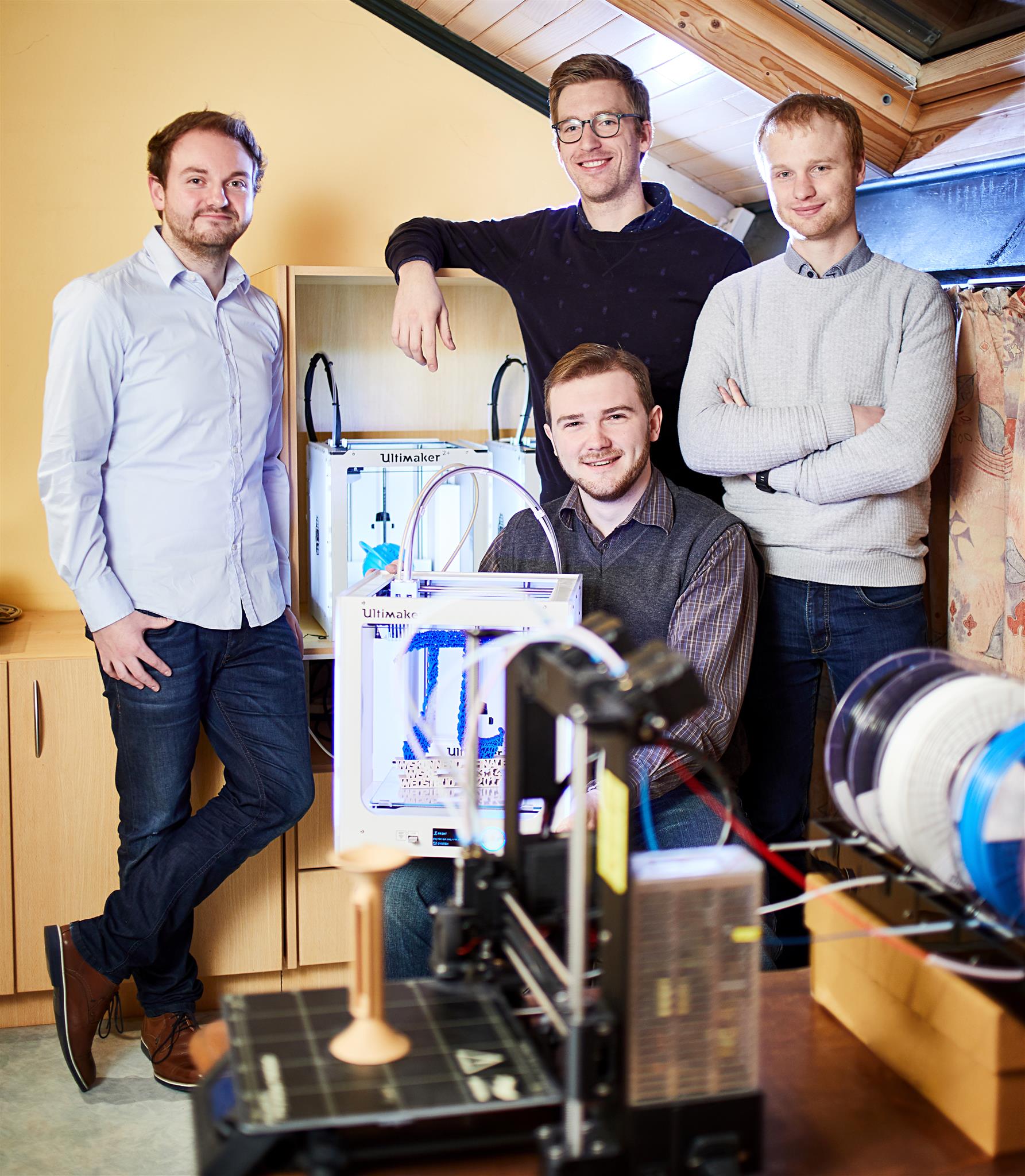
“You Personalise, We Realise” – That is the tag line that best describes this start-up company known as “PrintPlace”.
PrintPlace is, as aforementioned, a start-up based in Belgium dedicated to additive manufacturing. Their main focus is to bring forth a web shop where customers and/or clients can buy and request custom-made products. We had the opportunity to hear from Wesly Jacobs, Co-Founder of the company.
#OpinionoftheWeek
Tell us more about you. How did you discover AM?
The first time I got in touch with Additive Manufacturing – or 3D Printing – was during my Commercial Engineering studies at the Vrije Universiteit Brussel (VUB). When I was asked to choose a Master Thesis subject, this topic caught my attention. Initially, the plan was to only investigate the impact of 3D Printing on Logistics, but I became so fascinated by the technology that I broadened my research to many other subdomains, such as the more general industry economics and dynamics, but also the more specific hardware and software aspects. As an internship, I got the opportunity to develop a B2C 3D Printing business plan, guided by professors and entrepreneurs alike. Together with Pieter De Backer, Dimitri Buytaert and Tim Martens, I formed a great team and together we established PrintPlace.
What was your first experience with 3D printing?
My very first hands-on experience with 3D Printing was in FabLab Brussels, where I started printing on the very first MakerBots and Ultimakers. Back then, the desktop technology was basic and printing parts was only possible through intensive trial-and-error. However, this also allowed me to get to know the technology to its fullest extent. What is PrintPlace’s offering?
What is PrintPlace’s offering?
The vision of PrintPlace is to make personalization and creation available to consumers. We believe that all of us should be able to realize our own creations in a simple yet affordable way. We accomplish our goals by providing 3 main solutions:
PrintPlace Store: We operate a store in which consumers can easily personalize products by changing materials and colors.
PrintPlace Custom Projects: We print parts on-demand. It’s possible to send us a sketch, 2D drawing or 3D file and we’ll help you realize it.
PrintPlace Training: We provide live demo’s, keynotes, trainings and workshops tailored to the requirements of the event in question.
What challenges did you encounter since your beginnings?
The biggest challenge is how entrepreneurship is perceived in the digital age. The business models for apps are so present that the business models for production organizations become a rare breed. More so, the consequences of producing parts are often forgotten. Think about quality control and assurance when producing parts in high volumes. Despite having an entire stock of parts in the cloud, which are being created on-demand, we’re still producing and delivering physical parts that need to meet a certain quality level. Another big challenge was to set up a production line of desktop printers to provide exactly this service level at an affordable price. We managed to do so but are still improving each day. What are PrintPlace’ strengths on the market?
What are PrintPlace’ strengths on the market?
One of our main strengths is our understanding for our customers and our continuous efforts to co-create, read to help our customers to find solutions that work for them and that can be realized at the same time. Also, due to the strength of our team and the strength of our production line, we can guarantee high quality at low prices. Last but not least, as we’re a start-up, we’re often available 24/7, even on Sundays or public holidays, which can be considered a strength as well… 🙂
Tell us about two challenging projects you carried out
For the Mathematics Competition of the Vrije Universiteit Brussel (Wiskunnend Wiske Wedstrijd), we printed 500 wooden smartphone amplifiers in three weeks with a minimum amount of desktop printers. The parts were designed in such a way that they could be printed fast without compromising quality and the build times were calculated to maximize the output per day. It is a clear example that 3D Printing – even Desktop 3D Printing – can be used for medium series production runs.
Another challenging group of projects are the mass customization projects, where bigger batches of unique products are being printed. Within PrintPlace, we developed an algorithm that supports just this. For one project, we generated 300 personalized keychains and printed those in 1 week. This is a perfect example that mass customization shouldn’t be unattainable, we are already providing it today.
What do you think of the 3D printing market in Belgium?
Belgium has one of the most developed Industrial 3D Printing markets in the world, with leaders such as Materialise, 3D Systems, Melotte and Sirris, but also with established research centers in most of its universities. Many local enterprises are already accustomed with the concept of 3D Printing and are eager to co-create. We often underestimate the potential of our own ecosystem and more could be achieved by supporting the industry even further. We want to contribute by developing and applying Desktop 3D Printing for a wide range of applications.
Finally, what can we expect from the PrintPlace (New research project? New products? Collaborations …)
We will continue our efforts to make personalization and creation available in a simple and affordable way. This means we’ll continue improving our website and our technology offering. Next to that, we’re also actively involved in academic and industrial research in order to bring new applications to the market (such as mass customization).
Your last word ?
Many thanks for the interview and I hope we’ll hear each other again in the future.
For further information about 3D Printing, follow us on our social networks and subscribe to our newsletter!
Would you like to be featured in the next issue of our digital magazine? Send us an email at contact@3dadept.com
//pagead2.googlesyndication.com/pagead/js/adsbygoogle.js
(adsbygoogle = window.adsbygoogle || []).push({});






